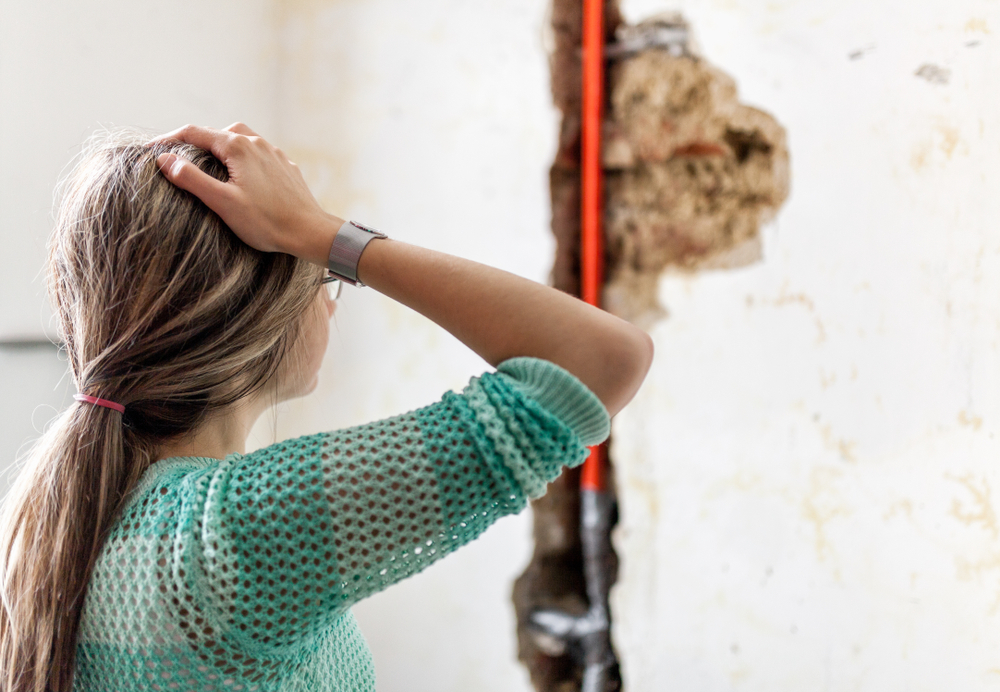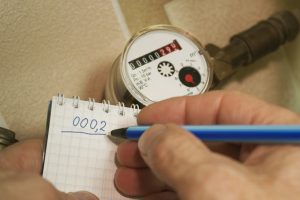
Has your water bill been rising for no reason? Have you spotted any signs of dampness or water pooling in or around your home or yard even on a dry day?
Water leaks normally occur when a water pipe breaks at a connection point to other pipes or fittings, or along its length. In such cases, the pipes end up leaking water into your home’s ceiling, walls, flooring or underground in your yard. Abnormally high water pressure, corrosion, shifting ground and invasive roots are among the main causes of hidden or underground water leaks.
A hidden water leak can cause significant and costly damage to your home; however, before you start breaking down walls or digging up the floor or yard in search of the leak, it is recommended that you use these tips to detect hidden water leaks:
- Monitor Water Meter Readings
- Look For Visible Signs of a Water Leak Indoors and Outdoors
- Monitor Water Pressure Changes
Read on below to learn more about how you can detect a water leak before digging.
Monitor Water Meter Readings
A hidden water leak can lead to unexplained increases in your water bill. Monitoring the readings on your water meter will help you identify whether there is a water leak within your property. You can start by checking to see whether the water meter is running faster than normal.
Alternatively, you can shut off all of the water outlets, faucets and water-consuming appliances in your home and then note the point of the dials on the meter before checking to see whether they have moved after about half an hour. If you notice any movement with regard to the dial, you might have a leak somewhere within your property.

Look For Visible Signs Of A Water Leak
You can detect hidden water leaks by simply walking around your property in search of visible signs of water leaks. During your inspection of the property, be sure to cover both the inside and outside of your home.
Start inside your home and look for any damp spots on the ceiling, walls and flooring. You should also be on the lookout for mould and mildew in any hidden spots, indicating the presence of moisture. Foul odours are also a great indication of the presence of mould and mildew in your home. During your indoor inspection, be sure to keep an ear out for any leaking water sounds – you can do so by putting your ear next to the walls.
Any signs of damp spots or pooling water on your lawn or driveway, especially in dry weather is a good indicator of the presence of a water leak somewhere outdoors or nearby. Dampness and cracks along paved outdoor areas, like the driveway, can also be an indication of a water leak in the pipes running underground. Check for dampness around any places where water pipes come up from the ground and into the house as well.
Monitor Water Pressure Changes
Unexplained water pressure changes may indicate the presence of a water leak somewhere along your property’s plumbing system. However, for you to notice such a change, the water leak would have to be large enough to cause a significant dip in water pressure.
Conclusion
Detecting a hidden water leak can be quite a challenge. And, even after you have detected the water leak, you will still need to pinpoint the exact location of the leak, before you can start digging, and repair the problem.
To minimise the level of damage caused by hidden water leaks, as well as the associated digging and water leak repair costs, it is recommended that you call in a skilled plumber to help you in locating the leak and making the necessary repairs as soon as you identify any signs of a water leak.
If you suspect you have a water leak, please call us at Water Leak Detection for a free consultation today on 1300 425 325 or leave an inquiry on our website.

